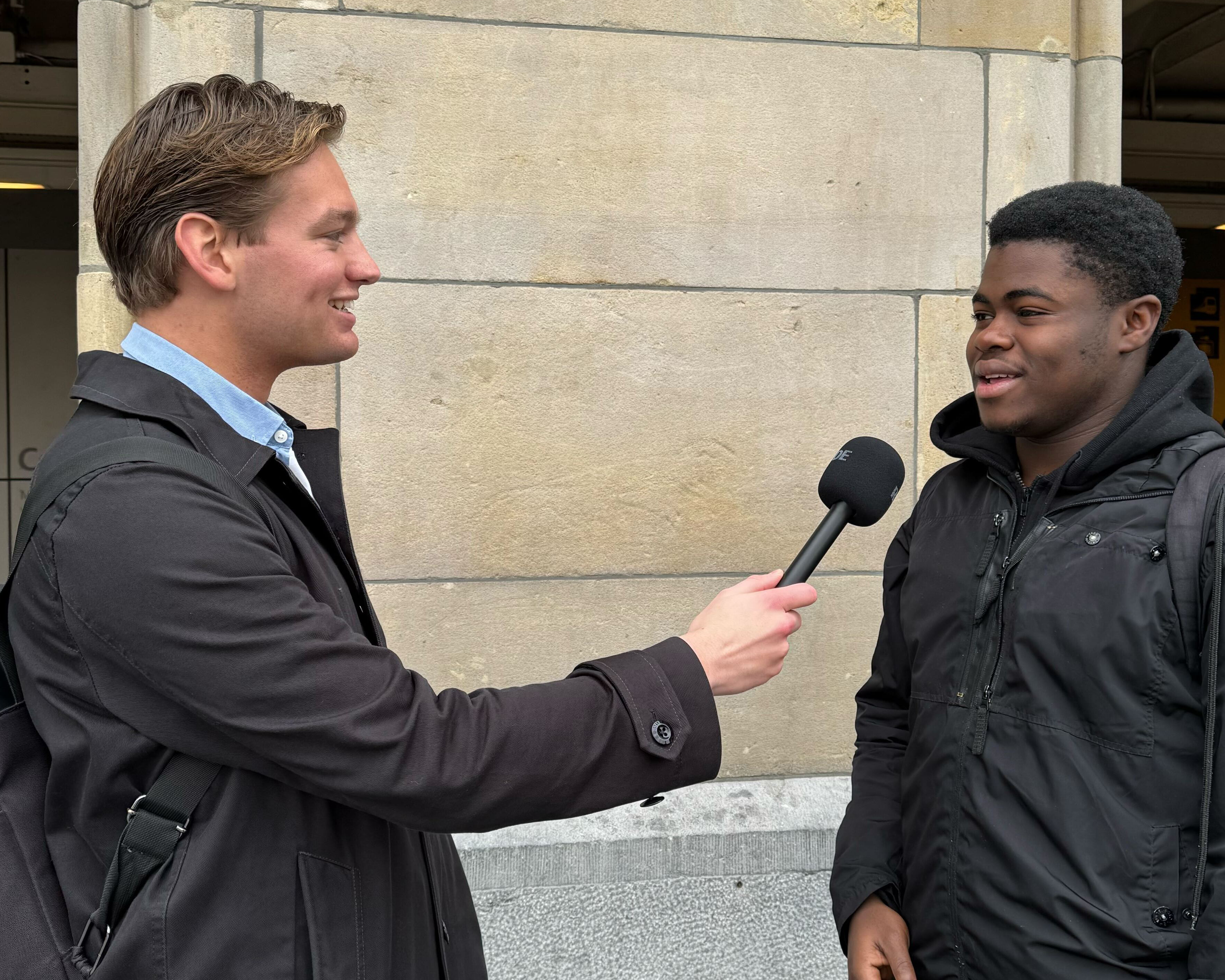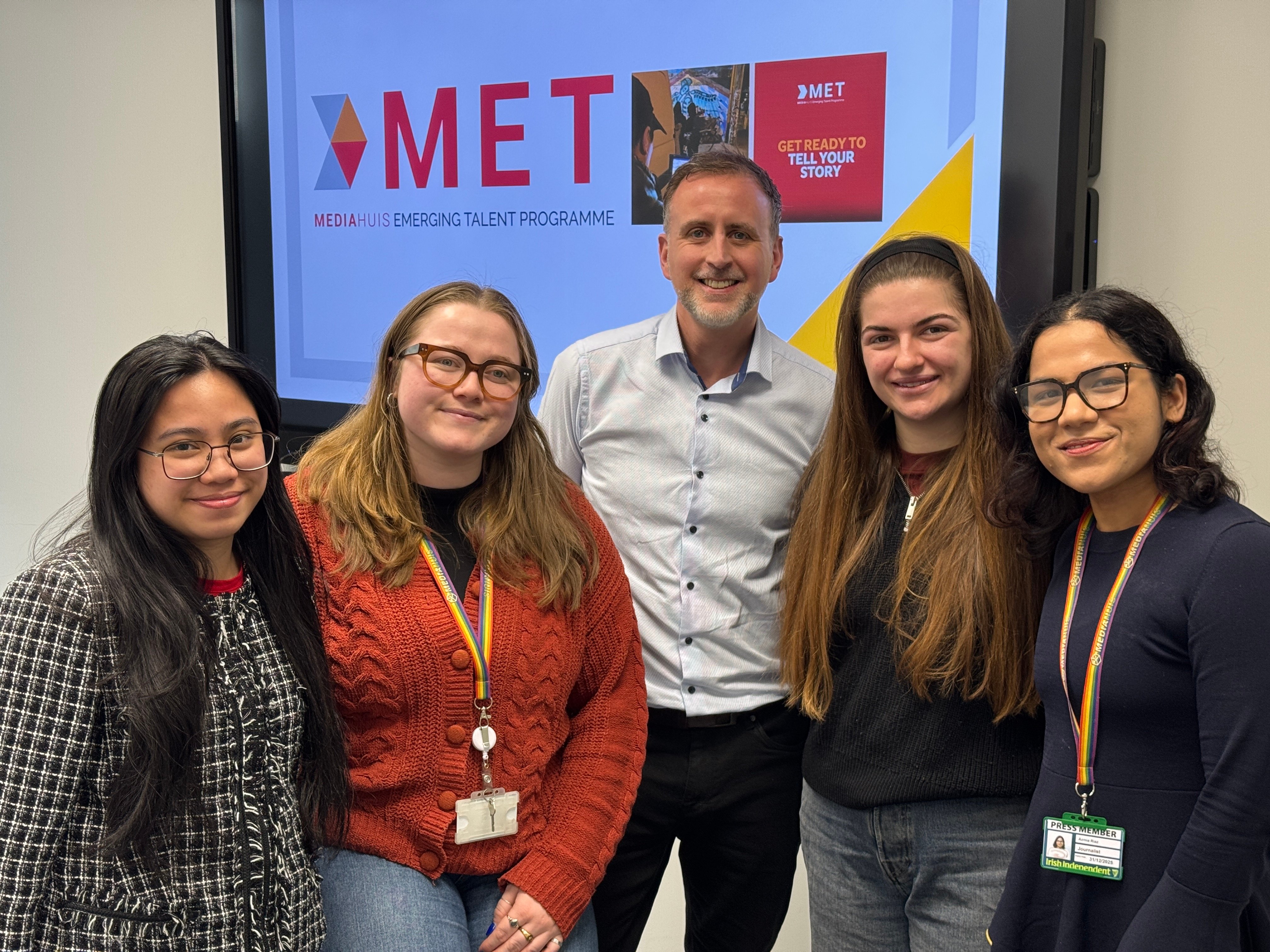
Experience over content? How to reach young audiences
Different expectations
Young people have grown up in a digital world where news and entertainment are available at any moment. Traditional media struggle to stay relevant. “Young people expect everything to be easy, fast and personal,” Liesbeth explains. “When they book a weekend getaway on Airbnb, it’s done with one click. Yet, with us, subscriptions still sometimes require a bank transfer – it’s like asking them to shop in a store meant for their grandparents. Why not offer Apple Pay? Something that small can make a huge difference.”
Liesbeth believes younger generations approach news consumption differently from older ones. “Why can a platform like Airbnb convince young people to pay for a weekend trip, but we can’t get them to pay for something as fundamental as independent journalism? That’s something we need to change.”
She says the solution lies in redefining how journalism is presented and monetised. “It’s not just about content; it’s about the experience. Young people need to feel they are part of a community that understands and shares their values.”


From TikTok to the heart
Social media platforms like TikTok and Instagram play a crucial role in building communities today. It’s about more than just being present on these platforms – it’s about earning trust.
“For a long time, our goal was to drive as much traffic as possible to our own platforms, where we could generate revenue through subscriptions and ads,” Liesbeth says. “That worked well for a while, but it’s not how we reach young people. Social media should be a tool to build relationships and eventually guide them toward journalism on our platforms. That must remain the end goal.
“That means we no longer measure success by traffic alone, but by engagement and interaction. We are exploring this approach through SPIL, Mediahuis’ youth-focused brand. Through our journalistic content on TikTok, we already reach 3 to 4 million young people weekly. They are clearly interested in journalism, if we present it the right way. Journalism remains the core, but we start from the young consumer’s perspective.”
“We no longer measure success with young audiences by traffic but by engagement and interaction”
Creator community
A news brand for young people goes beyond traditional news distribution. “We are also considering sustainable advertising models that involve a creator community,” Liesbeth says. “For example, instead of just promoting a new flavour or discount, a soft drink brand could work with this community to share their sustainability initiatives. That aligns perfectly with the values of younger audiences.”
SPIL is also moving toward a membership model instead of traditional subscriptions. “Young people want to feel like they belong,” Liesbeth says. “We enhance that sense of connection with gamification elements. We’re exploring options like rewarding frequent app users with ad-free days. The goal is to lower the barrier and make the experience more personal.
“We want to be socially responsible, but not just in a critical way. We want to provide young people with valuable and practical content. Take a topic like personal finance. We could collaborate with an online content creator who specialises in that area to help young people navigate this complex topic. A form of constructive advertising, in other words.”

Gen Z button
Technology plays a crucial role in this entire story. AI tools, for example, can help make complex topics more accessible. “A ‘Gen Z button’ is a good example,” says Liesbeth. “Older people often have more prior knowledge of a subject than younger readers. With a button like this, we can bring younger audiences up to speed in just three bullet points on what went right and wrong with Geert Wilders in the Netherlands in the past, for example. This button could also be useful for other target groups.”
Still, Liesbeth emphasises that the human factor remains essential. “Young people want to know who is behind a story. They also love behind-the-scenes content that shows authenticity and even a bit of vulnerability. Journalists need to be more visible and share more of themselves.”
“Young people want to know who is behind a story. Journalists need to be more visible”
Balancing old and new
Reaching new audiences without losing existing subscribers is another major challenge. “At Mediahuis, we pursue a dual strategy: investing in new formats and audiences while maintaining our core business. It’s not about choosing one over the other, it’s about balance.”
As an example, Liesbeth mentions a Norwegian newspaper that discovered its older male readers were being over-served, while younger readers and women were being left behind. “They figured this out simply by analysing which articles were read by different age and gender groups. We are now conducting the same analysis for all Mediahuis brands.”

Feeling at home and heard
The journalism industry can learn from companies like Netflix and Airbnb, but also from pop icons like Harry Styles and Taylor Swift. Their loyal fan bases – the Stylers and the Swifties – prove the power of creating a sense of belonging.
“It’s unrealistic to assume that a 25-year-old will automatically subscribe to a newspaper once they have their own home”
“It’s unrealistic to assume that a 25-year-old will automatically subscribe to a newspaper once they have their own home,” Liesbeth says. “The market works differently today. The key is to build a community where young people feel at home and heard.”
When will SPIL’s – and, by extension, Mediahuis’ – work be considered a success? “When our journalism is not just a reliable source of news, but also a space where young people feel inspired and recognised. A world they see themselves in. We need to meet their need for a sense of belonging.”




